Finding the rules for successful drug optimisation
Summary In this drug optimisation article, co-authored with Pfizer we discuss new ‘rule induction’ methods. These explore complex data to…
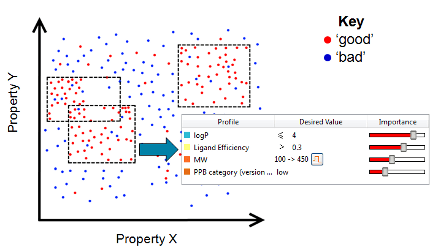
Summary In this drug optimisation article, co-authored with Pfizer we discuss new ‘rule induction’ methods. These explore complex data to…

Summary In this article, ‘Addressing toxicity risk when designing and selecting compounds in early drug discovery‘, we discuss the application…
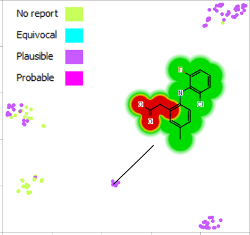
Summary There are many different definitions of ‘drug-like’, with rules proposed based on property trends seen in successful drugs. In…

Computational approaches for binding affinity prediction are most frequently demonstrated through cross-validation within a series of molecules or through performance shown on a blinded test set. Here, we show how such a system performs in an iterative, temporal lead optimization exercise. A series of gyrase inhibitors with known synthetic order formed the set of molecules that could be selected for “synthesis.”
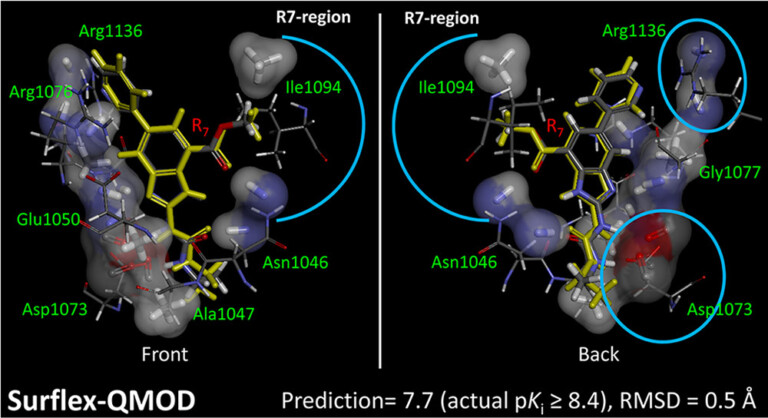
Summary This article on applying med chem transformations and multi-parameter optimisation describes the concepts and algorithms underlying StarDrop’s Nova module. We’ve developed…
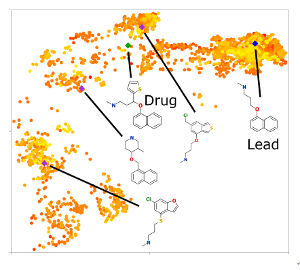
In this multi-parameter optimisation review, we survey the range of methods used for MPO in drug discovery, compare their strengths…

Summary This article explores the psychological barriers and risks of cognitive biases to R&D decision-making. It contrasts current practice with…

Summary In this study, the researchers look to solve classification quantitative structure−activity relationship (QSAR) modelling problems using Gaussian processes. They…

Summary This article discusses Quantitative Structure – Activity relationships (QSAR) methods to predict absorption, distribution, metabolism, excretion and toxicity (ADMET)…

Summary In this study, our researchers combined an automatic model generation process for building QSAR models with the Gaussian Processes…

In this demo we’re going to take a look at how StarDrop can guide the prioritisation and selections of compounds using a combination of in vitro and in silico data.

Summary This article discusses a critical issue that the community needs to address address in order to use the predictive…

Optibrium’s QuanSA 3D-QSAR method uses an active learning approach to successfully and more efficiently identify a mimic of a macrocyclic natural product

BioPharmics’ Drs Ajay Jain (CEO) and Ann Cleves (Director of Applied Science) join the Optibrium team as Vice Presidents in the newly-created BioPharmics Division
In this ebook we demonstrate our deployable AI discovery platform, Cerella™. Browse real-world stories of success from our collaborations with AstraZeneca, Genetech, Takeda Pharmaceuticals, Constellation Pharmaceuticals and many more.
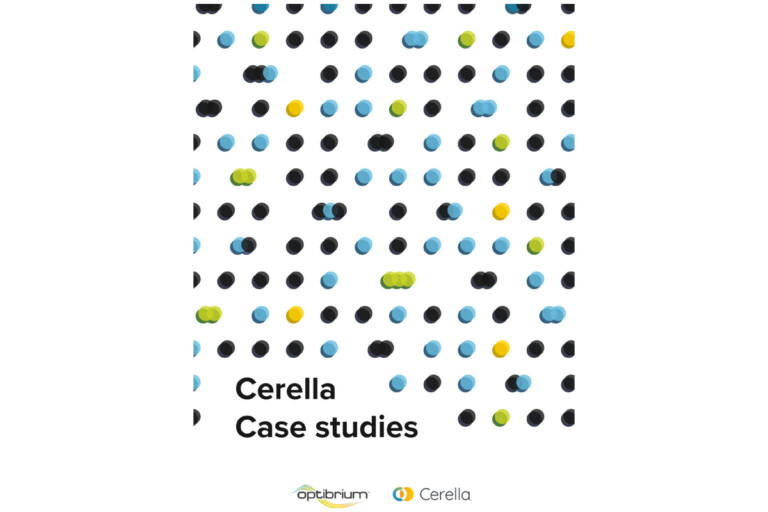
Innovative predictive methods support virtual screening and compound design in the absence of 3D structure data.
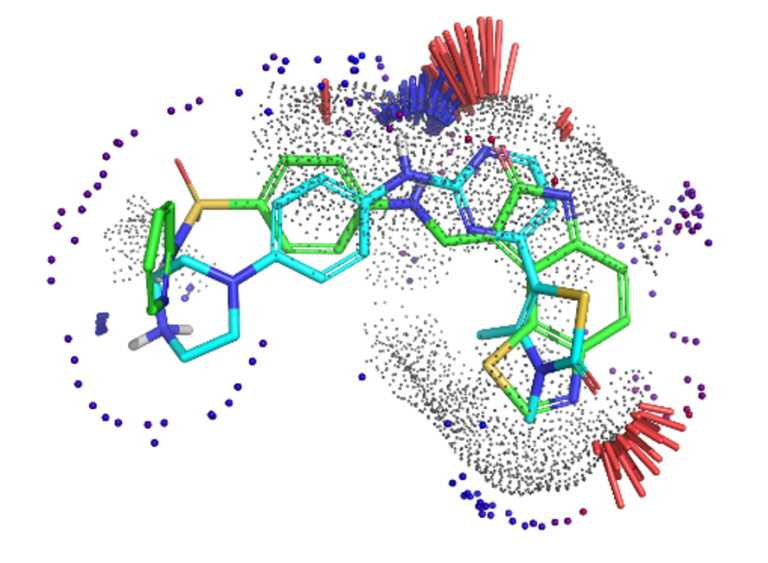
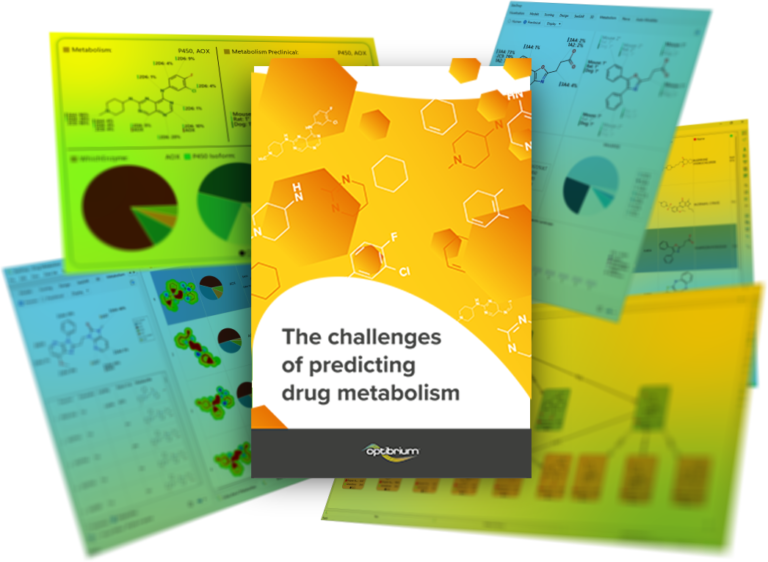
In this ebook, you’ll discover the key considerations which every leader needs to take in order to successfully implement AI in their drug discovery pipelines.

In J. Med. Chem., 2000, 43 (20), pp 3714–3717, Ertl et al. propose the calculation of two polar surface area values, the first reports the PSA…
